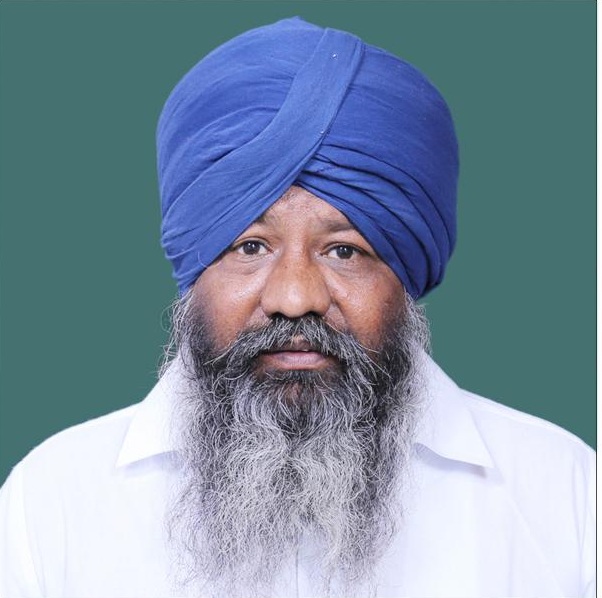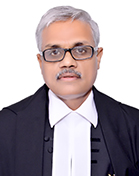About Shivpuri District :
The district is bounded on the North by Morena, Gwalior and Datia districts, on the East by Jhansi district of U.P, on the West by Kota district of Rajasthan and on the South by Guna district. The district headquarter Shivpuri is located on NH-3 (Agra-Bombay National Highway) at a 113 Km from Gwalior and 98 Km from Guna. The district is mostly laid out over small hill tops covered with deciduous forests where the slope is gentle with verdant vegetation and good forests round about, the landscape is generally pleasing.
District at a Glance :
- District –
- Headquarters –
- State
- Total –
- Rural –
- Urban –
- Population –
- Rural –
- Urban –
- Male –
- Female –
- Sex Ratio (Females per 1000 males) –
- Density (Total, Persons per sq km) –
- Assembly
- Loksabha –
- Official Website –
Tourist Places :
1. Madhav National Park:-
Madhav National Park lies between Agra-Bombay road and Jhansi-Shivpuri Road. It is spread over an area of 157.58 Sq. Kms. A drive through the park watching animals is very exhilarating experience.The Park is heaven for wildlife and wildlife buffs. The park remains open throughout the year and boasts of large numbers of chinkara, Indian gazelle and chital.
The nilgai, sambar, chausingha, blackbuck, sloth bear, leopard and the common langur are the other inhabitants of the sprawling park. The national park is equally rich in bird life; Chandpata, the artificial lake, is the winter abode of migratory geese, pochard, pintail, teal, mallard and gadwall. Other residents include the cormorant, laggar falcon, paradise flycatcher and golden oriole. Loud cracking notes of whitebrested kingfisher flying past,harsh crocking of grey heron or quacking of spotbill duck and numerous lesser whistling teals resting at the bank of lack with a leg tucked away and head folded back in to the body; and cheetal grazing here or nilgiri browsing there in the forest, add to the charm.The dynamism of the dry deciduous forest at the Park is unbelievable. Soothing lush green, impenetrable vegetation all over during the monsoon wither to desolate brown and Grey in summer, It nevertheless remains full of life Indeed, Madhav National Park is an oasis in the midest of habitation and cultivation.
.jpg)

On the shores of the lake and connected to it by a broad pier is a boat club, an airy and delicate structure with glass panels. The boat club is also known as Sailing Club. Just stand by the railing of Sailing Club deck extending in to Sakhya Sagar and watch. The view of massive lake all around and the undulating, forested Vindhyachal hills beyond is mesmerizing. Now a days the boating has been banned keeping in view the safety of lives of tourists.

Facing each other across a water tank are the Chhatries of Madhav Rao Scindia and dowager queen Maharani Sakhya Raje Scindia, in a delighful fusion of Hindu and Islamic architectural styles, with their shikhara – type spires and Rajput and Mughal pavilions. Ceremonially attired retainers, with flowers and incense tend to both cenotaph house life-size images of the Scindias, and these religiously, daily.

From the turrets, one can get a splendid view of Shivpuri town and Madhav National Park itself. Now this grand palace has converted in to the training center of Intelligence Bureau of Government of India, which is among the few training centers of Intelligence Buearo.


 According to legends, it is at this temple that the Pandavas encountered Rishi Balkhily at Bhrigu Parvat when they were on the lookout for Shiva after the Kurukshetra battle. The Rishi directed them to the site of the confluence to meet an old manmeditating there. But when the Pandava got there, the old man vanished and instead, a shivling appeared there. Rishi Balkhily instructed the Pandavas to embrace the Shivling in order to free themselves from their sins. Their impressions are stamped on this Shivling – the biggest Shivling in northen India.
According to legends, it is at this temple that the Pandavas encountered Rishi Balkhily at Bhrigu Parvat when they were on the lookout for Shiva after the Kurukshetra battle. The Rishi directed them to the site of the confluence to meet an old manmeditating there. But when the Pandava got there, the old man vanished and instead, a shivling appeared there. Rishi Balkhily instructed the Pandavas to embrace the Shivling in order to free themselves from their sins. Their impressions are stamped on this Shivling – the biggest Shivling in northen India.
 Chandak constitutes the northern of Soar Valley.The famous temple of Mostamanu is 2 Km. from Chandak. Chandak offers a fascinating view of the Himalayan ranges and the sprawling Soar Valley. It is a potential hang gliding resort and the magnesite mining factory is located too here.
Chandak constitutes the northern of Soar Valley.The famous temple of Mostamanu is 2 Km. from Chandak. Chandak offers a fascinating view of the Himalayan ranges and the sprawling Soar Valley. It is a potential hang gliding resort and the magnesite mining factory is located too here. situated 77 Km from Pithoragarh . It is particularly well known for the famous Mahakali temple where the Shakti Peeth was installed by Shankaracharya himself. During Navratries a fair is held on the occasion of which devotees offer pujas-along with sacrifices. 2 Km from Gangolihat near the Mankeshwar temple are the ruins of the fort which once belonged to the Mankotis -an obscure dynasty of Kumaon region. 2 Km away is Uprara, the native village of poet ‘Gumani’, the first Kumaoni poet, who also wrote in Hindi, Sanskrit and Nepali with great dexterity and command. 4 Km east from Uprara, near the village of Tamanauli is the Bharbhyo cave.
situated 77 Km from Pithoragarh . It is particularly well known for the famous Mahakali temple where the Shakti Peeth was installed by Shankaracharya himself. During Navratries a fair is held on the occasion of which devotees offer pujas-along with sacrifices. 2 Km from Gangolihat near the Mankeshwar temple are the ruins of the fort which once belonged to the Mankotis -an obscure dynasty of Kumaon region. 2 Km away is Uprara, the native village of poet ‘Gumani’, the first Kumaoni poet, who also wrote in Hindi, Sanskrit and Nepali with great dexterity and command. 4 Km east from Uprara, near the village of Tamanauli is the Bharbhyo cave.
 Garaun water falls four Kms to the east of the Berinag, Musk Deer Farm at Kotmanya, Him Darshan Kutir at Dharamghar.
Garaun water falls four Kms to the east of the Berinag, Musk Deer Farm at Kotmanya, Him Darshan Kutir at Dharamghar.


 Narayan Ashram : Established by Narayan Swami in 1936 , Narayan Ashram is situated at a distance of 17 Kms from Tawaghat. The Ashram is a spiritual cum socio-educational centre.
Narayan Ashram : Established by Narayan Swami in 1936 , Narayan Ashram is situated at a distance of 17 Kms from Tawaghat. The Ashram is a spiritual cum socio-educational centre.








